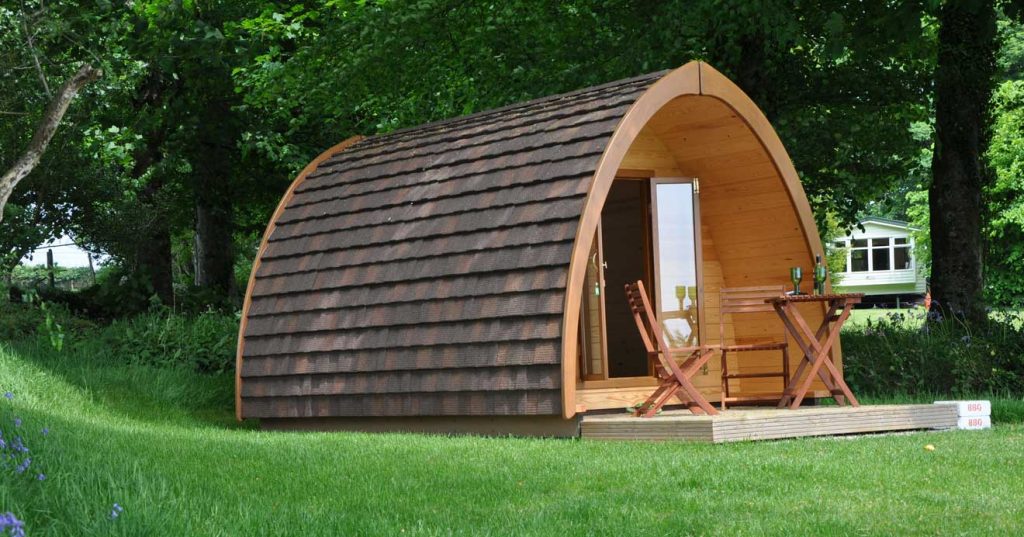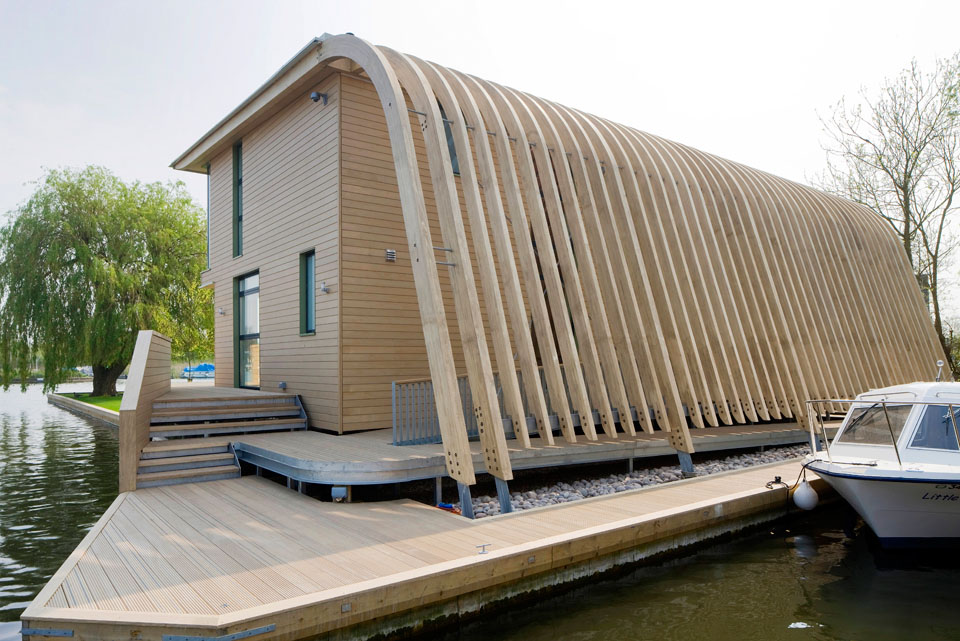Drawing up plans for any new building project can be an exciting time but for those of us who care about the environment it can also be very challenging. All projects large and small throw up all kinds of obstacles from getting the necessary permissions to raising the finance but even when all of these have been surmounted, we then have to determine just how to go about carrying out our building work in the most eco-friendly way possible.
Detailed plans for a major scheme such as the building of a new house are best entrusted to an architect who will be fully aware of all current requirements as well as being fully up to date with the latest developments in building techniques and materials but many smaller projects can be tackled on a DIY basis which leads to the question: “What is green building?” Unfortunately there is no one simple answer.
Many people involved in housebuilding would argue that all new houses are eco-friendly as they are much more energy efficient than most older properties but most people would argue that many of the components of a new house have credentials which are far from green. As an example, a PVC front door may have excellent thermal insulation properties but it is made from materials derived from the petro-chemical industry, its manufacture involves further energy usage and transportation costs add further to its damaging effects. A simple alternative would be a locally made wooden door constructed using wood from a nearby sustainable woodland.
Taking this idea to extremes could possibly suggest that following a “Tarzan and Jane” lifestyle is the way forward with us all living in tree houses with leaves for roofs but here in the UK our weather dictates that we need something altogether more durable and this is the reason that our traditional homes bear little resemblance to those found on a South Sea island. Although many builders of eco-homes prefer their houses to stand out from the crowd, their enthusiasm may not be shared by lenders or future potential buyers who may simply regard them as quirky. The same goes for some energy saving features and while most people can appreciate the idea of utilising solar energy, few are enthusiastic about powering their home by methane from pig slurry.
Eco-friendly building materials are also best to be considered as sensible alternatives to those commonly in use. The production of cement produces highly damaging levels of emissions but it is now possible to buy an eco-friendly alternative which utilises recycled blast furnace slag. Many traditionalists favour the use of lime mortar in construction and plasterwork and some insulation materials can be made from recycled paper. Sustainability is one of the key requirements of a truly green material and fast growing plant material such as straw and bamboo have little adverse impact. Wood has of course always been used in building but in order to be regarded as being eco-friendly, it must be certified as being from a sustainable source. Wood offers many advantages and substantial structural timberwork is even regarded as withstanding fires better than steelwork as it can retain its structural strength long after steel has softened and deformed. It is already used extensively in smaller structures like the new trend for ‘glamping pods’.

It does however have a reputation for having a limited life when used externally. However recent developments have seen the appearance of “acetylated” wood which creates an extremely long life wood guaranteed for 50 years when used for things like decking material, landscape timbers or exterior cladding.
There is no denying that some incredible eco-friendly homes have been built often with great emphasis being put into how they fit into their surroundings. So turf roofs or straw walls all have their place as do “Earth-ships” constructed from recycled car tyres but most people will probably wish to sacrifice none of the comforts and convenience of modern living but simply enjoy knowing that their choice of construction materials has resulted in minimal environmental impact, is good for the planet and, as an added bonus, is probably also good for their bank balances!

Comments
3 responses to “Eco-Friendly Construction Materials”
It is so confusing as a member of the public to work out the overall environmental friendliness of a material. Something might be made from sustainable materials but the processing could be polluting or energy hungry. Alternatively, a material could be made from recycled material but because it is transported so far the carbon emissions are really high. There are other complications – if a slightly less environmentally friendly material lasts 3 to 4 times as long as an alternative it is probably better to use that. Is there any internationally recognised certification that pulls together all these complex factors that I could use as guide?
Environmental certifications are confusing. I think you would find the Cradle to Cradle (c2ccertified.org) certification most useful. It is relatively new (2010) but it looks at what things are made from, how they are made and what happens to them after the end of their life. At the moment there are 6000 products that have received some level of certification from them and there is a registry on their website which you can use to search these materials.
There is much more eco-friendly construction material, right now people are inclined towards the expanded clay aggregates and some more eco-friendly construction materials.